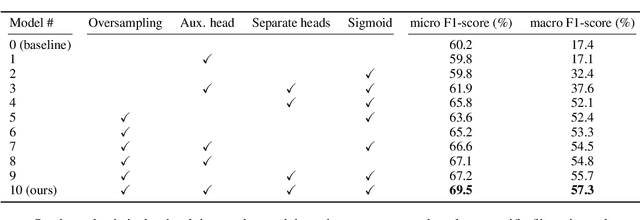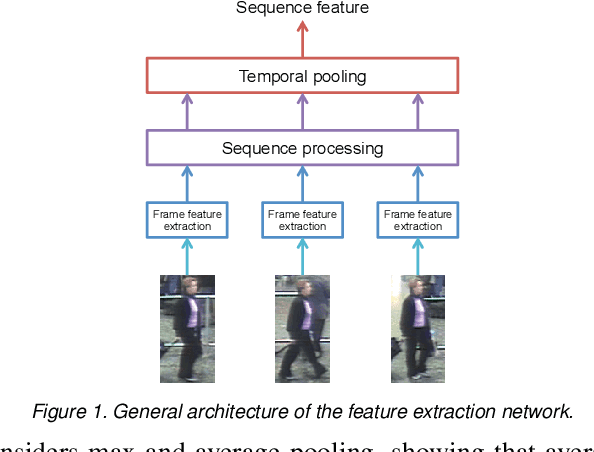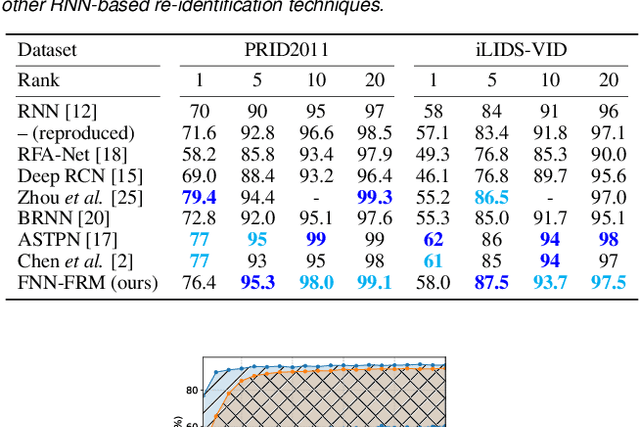Jean-Baptiste Boin
Multi-class segmentation under severe class imbalance: A case study in roof damage assessment
Oct 14, 2020



Abstract:The task of roof damage classification and segmentation from overhead imagery presents unique challenges. In this work we choose to address the challenge posed due to strong class imbalance. We propose four distinct techniques that aim at mitigating this problem. Through a new scheme that feeds the data to the network by oversampling the minority classes, and three other network architectural improvements, we manage to boost the macro-averaged F1-score of a model by 39.9 percentage points, thus achieving improved segmentation performance, especially on the minority classes.
Recurrent Neural Networks for Person Re-identification Revisited
Apr 10, 2018



Abstract:The task of person re-identification has recently received rising attention due to the high performance achieved by new methods based on deep learning. In particular, in the context of video-based re-identification, many state-of-the-art works have explored the use of Recurrent Neural Networks (RNNs) to process input sequences. In this work, we revisit this tool by deriving an approximation which reveals the small effect of recurrent connections, leading to a much simpler feed-forward architecture. Using the same parameters as the recurrent version, our proposed feed-forward architecture obtains very similar accuracy. More importantly, our model can be combined with a new training process to significantly improve re-identification performance. Our experiments demonstrate that the proposed models converge substantially faster than recurrent ones, with accuracy improvements by up to 5% on two datasets. The performance achieved is better or on par with other RNN-based person re-identification techniques.
 Add to Chrome
Add to Chrome Add to Firefox
Add to Firefox Add to Edge
Add to Edge